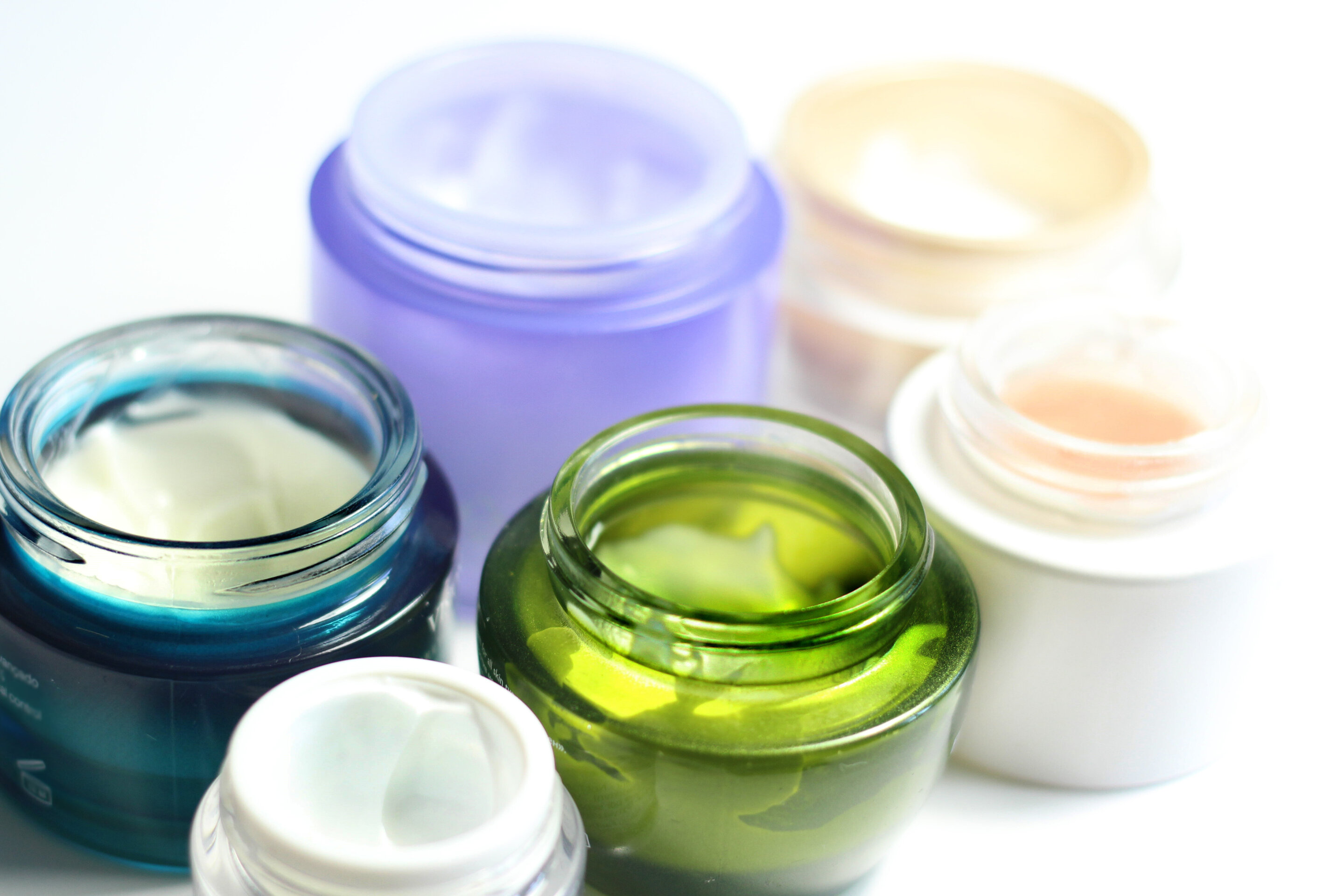
Our consumer products can be filled with nanomaterials, but they are not listed in ingredients. Credit: MostPhotos / Tatiana Mihailova
Consumer products such as food, cosmetics and clothing can be filled with nanomaterials, without us knowing it. The use of nanomaterials remains unregulated and does not appear in ingredients. This is worrying, as nanomaterials can be more dangerous in the long run than COVID-19 if no safety precautions are taken: it is difficult to measure, it enters the food chain, and most worrying is that it can penetrate the cells. and accumulate in organs.
Thanks to the application of nanotechnology, many diseases can be eradicated soon; In addition, engineers are developing materials that are 100 times stronger than steel, batteries that last ten times longer than before, solar panels that produce twice as much energy as old ones, advanced skin care products and self-cleaning cars, windows and clothes.
Nanotechnology could become the next industrial revolution. The world market for nanomaterials is growing, estimated at 11 million tonnes at a market value of 20 billion euros. The current direct employment in the nanomaterials sector in Europe alone is estimated at between 300 000 and 400 000.
However, nanomaterials and their use in consumer products can be problematic. A new study published in Nature communication sheds light today on possible damage and what happens to them when they enter an organism. An international team of researchers has developed a sensitive method to detect nanomaterials in blood and tissues and to detect nanomaterials in a food chain in water, from microorganisms to fish, an important source of food in many countries. This method can open new horizons for security actions.
“We have found that nanomaterials bind strongly to microorganisms, which are a source of food for other organisms, and this is the way they can enter our food chain. Nanomaterials can change their shape and size once within an organism “and turns into a more dangerous material that can easily penetrate cells and spread to other organs. If we look at different organs of an organism, we have found that nanomaterials accumulate especially in the brain,” says lead author, dr. Fazel A. Monikh, of the University of Eastern Finland. .
According to the researchers, nanomaterials are also difficult to measure: their levels in an organism can not only be measured by using their mass, which is the standard method of measuring other chemicals according to regulations. The findings highlight the importance of assessing the risk of nanomaterials before they are introduced in large quantities to consumer products. A better understanding of nanomaterials and their risks can help policymakers establish stricter rules on their use and the way they are listed in product ingredient labels.
“It could be that you’re already using nanomaterials in your food, clothing, cosmetics, etc., but that you still do not mention them in the ingredient list. Why? Because they are still unregulated and because they are so small that we simply cannot measure it once it is in products, “says dr. Fazel A. Monikh.
“People have the right to know what they are using and buying for their families. This is a global problem that needs a global solution. Many questions about nanomaterials have yet to be answered. Is it safe for us and the environment? Where will they end up after we use them? How can we assess their potential risk? ‘Dr Fazel A. Monikh says.
A comprehensive review of biosynthesis of inorganic nanomaterials using microorganisms and bacteriophages
Particle-based trophic transfer of gold nanomaterials into a food chain in the water. Nature communication (2021). doi.org/10.1038/s41467-021-21164-w
Provided by the University of Eastern Finland
Quotation: The invisible killer lurking in our consumer products (2021, February 9), detected on February 9, 2021 from https://phys.org/news/2021-02-invisible-killer-lurking-consumer-products.html
This document is subject to copyright. Except for any fair trade for the purpose of private study or research, no portion may be reproduced without the written permission. The content is provided for informational purposes only.
